The most important and widespread building type in ancient Greece was the temple. The first stone temples appeared sometime during the early 6th century BC, but their heyday came with Athens’ rise as a superpower- they became so prevalent that many more copies were built throughout mainland Greece to commemorate this great nation’s victory over Sparta at Marathon nearly 100 years prior!
The Greeks saw these structures not just for worshiping gods; rather they served mainly ceremonial purposes – typically housing cult statues or emblems whose purpose wasn’t really related directly towards religion itself (though people did gather inside).
Table of Contents
Top 10: Temple of Olympian Zeus

The Temple of Olympian Zeus is one that tourists can not miss while they are in Athens. Built on top of Mount Olympus, the temple was completed to Greek Orthodox Christian church and mosque design with amazing precision by order from Constantine XI Palaiologos (14th century). The breathtaking beauty and intricacies inside will make anyone’s heart beat faster as soon as you see its magnificent interior!
Though only a few columns remain of the Temple of Olympia Zeus in Athens, one can imagine how this was once an absolutely enormous temple. Construction began during reigns by tyrants who had envisioned building what would become known as “the greatest temple ever built.” Six centuries later it wasn’t completed until AD 138 when Roman emperor Hadrian finally finished his project 638 years after starting!
Top 9: Temple of Poseidon at Sounion
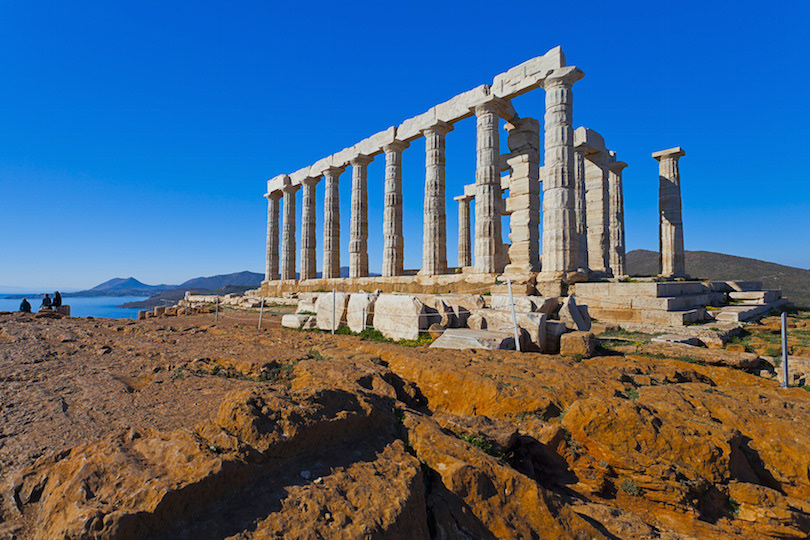
The temple of Poseidon at Sounion is a powerful reminder that life goes on. The water from the ocean flooded over this very site centuries ago, but you can still see its footprint left behind in stonework and pillars for all time to come.
The Temple of Poseidon at Sounion is not only the most western temple in Greece but also lies on three sides by crystal clear water. Constructed over 450 years before Athens was founded and dating back to Archaic Period times it must have been breathtakingly beautiful with its columns still standing tall today- just waiting for reconstruction!
Top 8: Temple of Zeus at Cyrene
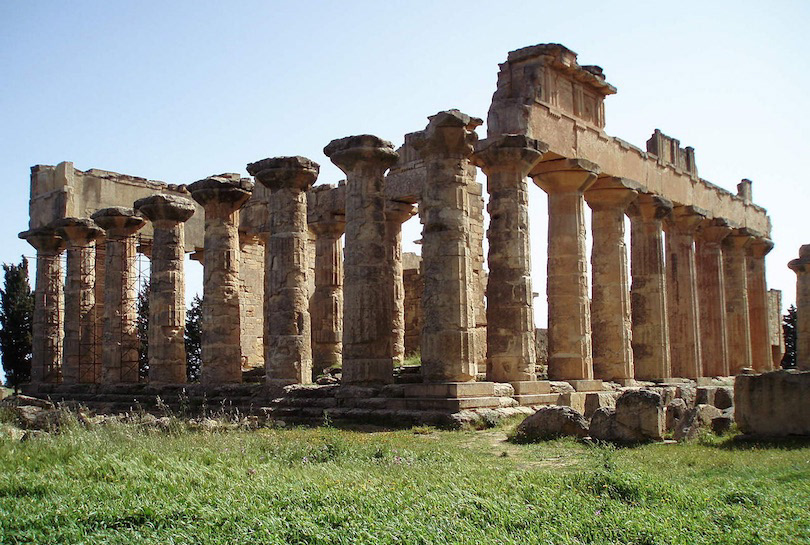
The Temple to Zeus at Cyrene is a Greek temple in Libya. It lies near the town of Ben Guerdane and was built by Antiochus II Theos (also known as Antipater) between 283 BC and 246 BC during his reign over that country’s kingdom, which he founded after capturing it from Egypt around 359-351BCE
The Temple of Zeus in Cyrene is a larger-than-life temple, dating back to the 5th century BC. The centuries have not been kind and it stands testament as one of Greece’s most important temples during that time period withstanding even an earthquake which reduced its grandeur for all those who know how much history swirls around this site today!
Top 7: Erechtheum

Erechtheum is one of the most famous buildings in this ancient world. It was originally used as a temple and then converted into an indoor market where all sortsa goods could be bought or sold by dedicated traders until it’s closure down around 600 BC!
The Erechtheum is a temple in Athens that was built during the Classical period, probably around 421-407 BC. The name of this popular tourist destination comes from an ancient shrine dedicated to Erichthonius – also known as Ericgamos or Hercules (or some combination thereof). Its most famous feature would have undoubtedly been its 6 graceful Ionic columns supporting an elegant porch with what are called “Caryatids,” if you want more information than just their appearance check out Wikipedia!
Top 6: Temple of Apollo Epicurius
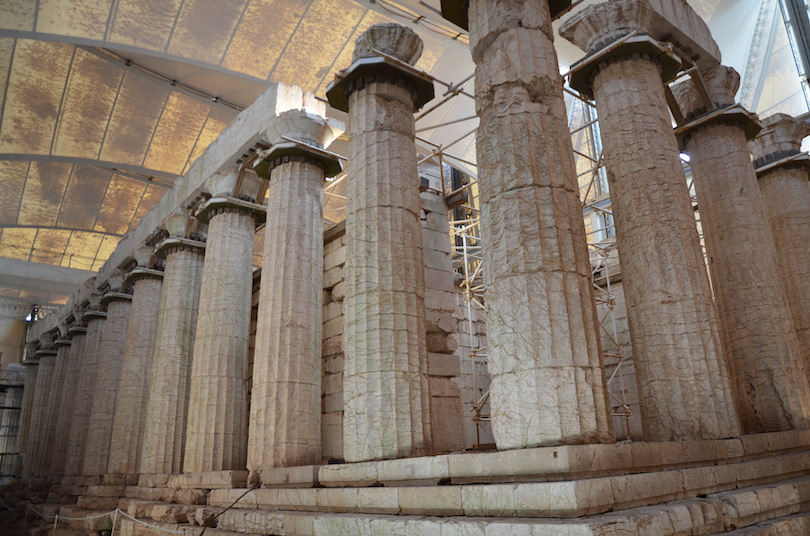
The Temple of Apollo Epicurius is the best place for relaxation. The soothing light and music can calm any nerves, while ancient ruins offer beautiful views to take it all in!
The Temple of Apollo Epicurius at Bassae is a well-preserved and unusual Greek temple. It was built somewhere between 450 and 400 BC, which makes it one of the earliest remaining buildings from ancient Greece’s classical age (the fifth century BCE). The alignment north-south in contrast to the east-west orientation found within most temples made this structure even rarer than its natural beauty deserves credit for being noticed among others around Corinthia’s mountainous Peloponnese region.
The ruins of the temple are in a sorry state. It’s only thanks to an abundance of Doric columns that it hasn’t been reduced just yet, though there is still plenty for developers and looters alike could get their hands on if they wanted to!
Top 5: Doric Temple of Segesta

During your time in Segesta, I hope that you’ll have an amazing experience at the Doric Temple. It is a magnificent temple complex with some incredible ruins from ancient Greece!
The ancient city of Segesta was home to an interesting mix. The population consisted mostly of the Elysian people, while there were also Greeks living in this area who had become Hellenized over time and adopted some external characteristics like Greek architecture or culture for example; they built temples with 6 x 14 Doric columns which still stand today outside their former homes!
The temple has an unfinished feel to it. The columns are not fluted, and there doesn’t seem like enough room in the main chamber for all of its decoration when you enter through those doors—it just feels cramped somehow even though I know that our maximum dimensions were only limited by budget rather than physical space limitations here on Earth!
Top 4: Paestum
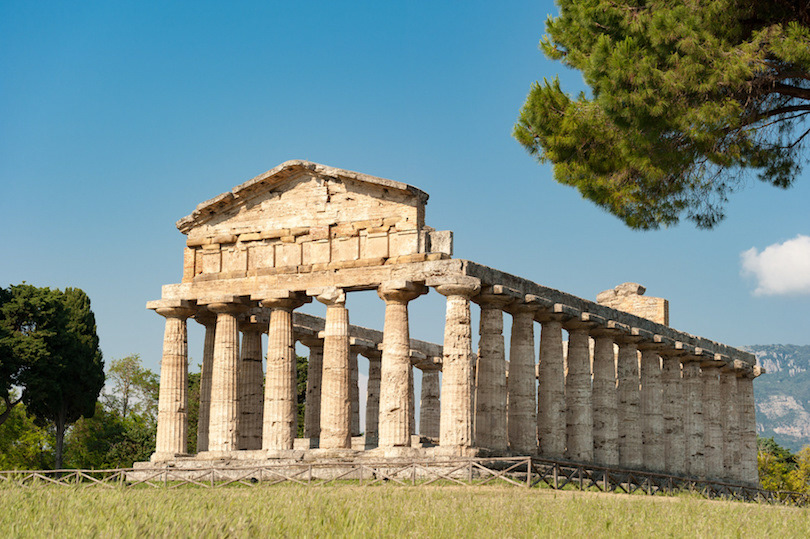
Paestum is a city in southern Italy that was once home to three ancient Greek temples. The Temple of Hera, built around 550 BC by colonists from Greece and dedicated specifically to the goddesses marriage and childbirth; as well as another temple built about 100 years later which had been also created with those same purposes on behalf- all stand side by side together here for your viewing pleasure!
A little further away stands an even more impressive sight: not only does this newer building belong entirely to Athena but additionally she has protection over military strategy so make sure you pay tribute today before going off into battle tomorrow morning!
Top 3: Temple of Hephaestus
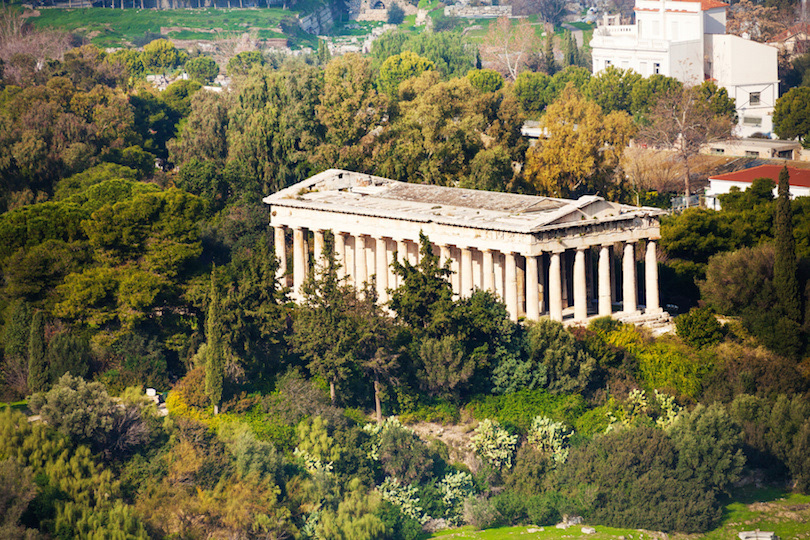
The Temple of Hephaestus is a majestic building with the face and formality of an ancient Greek temple. The entranceway has pillars that reach up into the sky as if they were waiting for someone to ascend past them, but there’s no way anyone could ever enter this place unless he or she had been invited by one of those who already lives inside its hallowed walls-or at least used too!
There are many things to see in the Temple of Hephaestus. The building has an ancient Greek temple-like appearance with its pillars reaching up into a sky full of guests who can never enter unless they were invited inside by someone already living there, but not all visitors will be allowed access to what’s on display here; only those that have proven themselves worthy enough may come close enough for discovery!
Top 2: Valley of the Temples

The Temple of Concordia is one of the most fascinating and impressive temples in all of Italy. Located on a ridge outside Agrigento, Sicily it was built around 500 BC as part of an expansive temple complex with seven others-the Valley Of Temples (Val di Tempio). The best-preserved example here stands over 85 feet tall including its Doric columns which measure at 7 meters high; each has a diameter 1 meter wide where the base meets shaft. The Temple of Juno, otherwise known as the Bridal Chamber and used for wedding ceremonies is one such building. It’s also home to some other amazing features like Heracles’ Festival Hall which was once an enormous temple complex with over 100 columns in it!
Top 1: Parthenon

The Parthenon is one of the most recognizable buildings in all of Greece. This temple to Athena was built around 438-406 BC and stands 480 feet tall with its 47-meter high marble columns, which can still be seen today standing strong at their original site after 2 centuries under Ottoman rule when they were brought here from Carthage (modern-day Tunisia).
The Parthenon is one of the most popular tourist attractions in Greece and a visit to Athens without seeing this temple would be incomplete. The construction on top started around 450 BC, replacing an older version that was destroyed by Persians centuries before; completing it quickly because they wanted their new building for something special: containing an enormous gold-plated Athena figure made out of pure ivory, silver, and priceless jewels!
The Parthenon has been a target for destruction since it first captured the attention of Classical Antiquity. In some ways, its storied life is similar to that experienced by many people today: A fortress in Athens during medieval times; serving as both church and mosque before being converted into a powder magazine at least once more during Ottoman rule over Greece (the fifth century AD).








